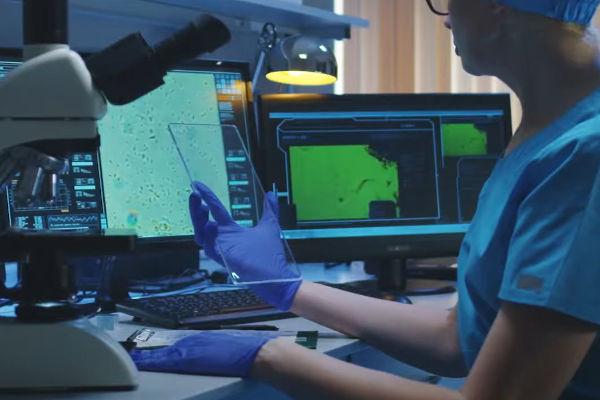Research and innovation on antimicrobial resistance (AMR)
AMR occurs when microbes such as fungi, viruses, parasites and bacteria develop resistance to one or more antimicrobial drugs, thus these drugs are no longer effective in killing or inhibiting the growth of the targeted pathogen
Accordingly to an ECDC study, it is estimated that in the European Union and in the European Economic Area (EU/EEA), 35,000 people die each year due to infections caused by resistant bacteria. The burden on the European population is comparable to that of influenza, tuberculosis and HIV/AIDS combined.
Research and innovation activities, funded through the research and innovation framework programmes, follow a One Health approach and aim to effectively prevent, detect and treat drug-resistant infections in humans and animals by developing new tools and solutions.
These activities are in line with the European One Health Action Plan against Antimicrobial Resistance (AMR) that builds on three pillars: making the EU a best practice region, boosting research, development and innovation, and shaping the global agenda. It provides a comprehensive framework for cross-sectorial actions to reduce the emergence and spread of AMR.
Funding opportunities
Funding for health under the research and innovation framework programme, Horizon Europe.
Loans supporting research and development in this area
Funding for health research and innovation to accelerate the clinical development of new or improved health technologies for the identification, treatment and prevention of infectious diseases, including antimicrobial resistance.
Projects and results
Projects in the field of antimicrobial drug resistance on the Commission's primary portal for results of EU-funded research projects.
Platform where framework programme funding recipients present their results to search, contact their owners and form partnerships.
Strategy, policy and action by the EU in the area of AMR
Collaboration and jobs
Look for project partners and view profiles of all organisations that have received funding via the funding and tender opportunities portal.
JPIAMR was set up in 2011, in line to Europe’s One Health action plans against Antimicrobial Resistance. It brings together the European Commission and 28 members from 20 European countries and 8 countries outside Europe to coordinate their research efforts, to allow greater impact and avoid duplication.
In the ND4BB programme under IMI, a partnership between the Commission and the European pharmaceutical industry, academic and other public partners, small and large pharmaceutical companies team up to advance the development of new antibiotics.
The aim of the AMR Accelerator under IMI2, is to progress the development of new medicines to treat or even prevent resistant bacterial infections in Europe and worldwide. The programme comprises three pillars: a Capability Building Network, a Tuberculosis Drug Development Network; and Portfolio Building Networks
EU institutions cooperate closely with the governments and specialised agencies of the USA, Canada and Norway in TATFAR with the goal of improving cooperation.
The Commission is a leading member of th G20 initiative that aims to further improve the coordination of international efforts and initiatives to tackle AMR
Researcher jobs in related fields
Scientific publications, tools and databases
Interactive reporting platform, composed of a set of sheets that allows series of views to discover and filter the EC's funding programmes data.
Scientific publications produced by the European Commission (JRC)
Single point of access to open data produced by the EU institutions. All data free to use for commercial and non-commercial purposes.
You can access all scientific publications from Horizon 2020 via OpenAIRE.

